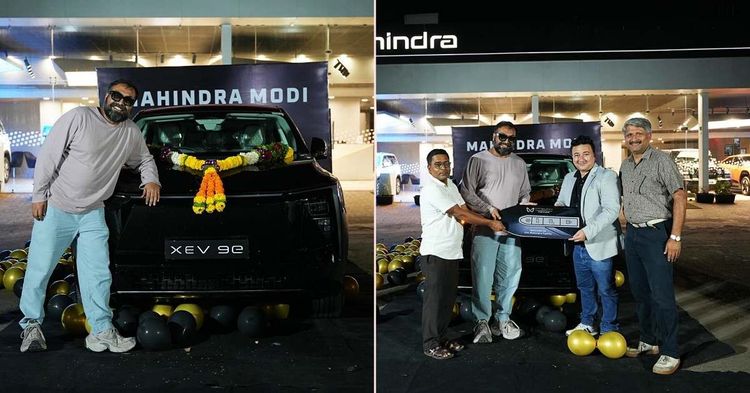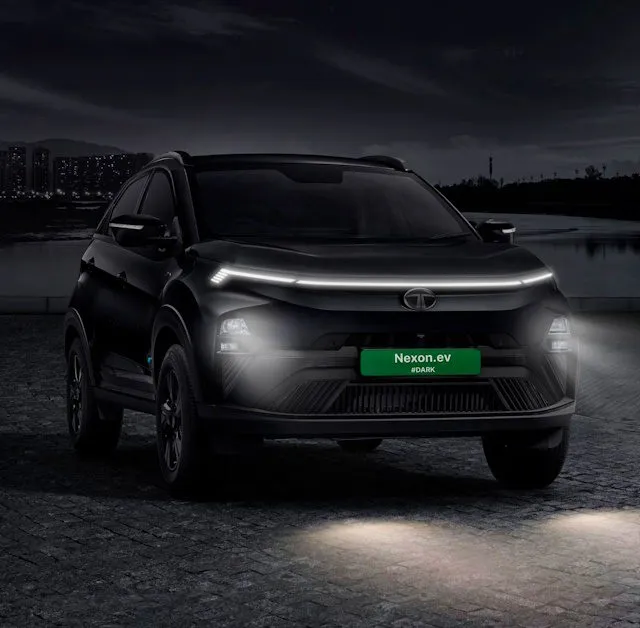This Indian State Bought the Most Electric Cars And SUVs In April 2025


April 2025 marked another milestone in India’s shift towards sustainable transportation. The month saw electric vehicle (EV) sales reaching new highs across the country. At the forefront was Maharashtra, which emerged as the top buyer of electric cars and SUVs. The state’s performance is not just a reflection of strong numbers but also of forward-looking policies, growing consumer interest, and improvements in EV infrastructure.
Known for being ahead of the curve in automotive trends, Maharashtra has further cemented its position as a leader in EV adoption. In April alone, the state registered 2,068 electric passenger vehicle sales, outpacing other top-performing regions such as Karnataka, Tamil Nadu, Kerala, and Gujarat.

This isn’t a one-off achievement. Maharashtra has consistently been among the top states for EV uptake, supported by favourable conditions that continue to attract buyers. Behind the surge is a mix of public policy, private interest, and greater availability of models that appeal to a wide spectrum of buyers.
A major contributor to Maharashtra’s EV success is the recently unveiled Electric Vehicle Policy 2025. Cleared by the state Cabinet in late April, the policy has allocated ₹1,993 crore towards boosting EV adoption. This figure is more than twice the budget sanctioned under the previous policy.
The new policy includes a 10 percent subsidy on electric cars and SUVs, immediately reducing the financial barrier for many buyers. It also mandates the setup of charging stations every 25 kilometres along both national and state highways. These measures directly tackle two of the most persistent issues in EV adoption: high upfront cost and range anxiety.
While the policy sets the stage, the real shift is happening at the consumer level. Buyers in Maharashtra are increasingly opting for EVs not just for environmental reasons but also for economic ones. Lower fuel and maintenance costs, combined with a smoother and quieter driving experience, are persuading many to make the switch.

Tata Motors remains the most preferred brand in the state, with the Nexon EV and Punch EV continuing to dominate. MG Motor has strengthened its position with value-for-money offerings, and Mahindra is generating buzz with the launch of its BE 6 and XEV 9e. These new models bring extended range, bold designs, and high-tech features, resulting in long waiting lists and growing demand.
For city dwellers, the appeal also lies in ease of use. The convenience of charging at home, quick acceleration for traffic conditions, and smoother drive quality make EVs ideal for urban use. For highway driving, improved battery range and growing access to charging points are encouraging more people to consider EVs for longer trips.
Despite growing interest, prospective buyers still voice concerns that highlight the gaps in the current ecosystem. Many want to see better charging coverage outside major cities. There is also a strong demand for real-world range that lives up to brochure claims, particularly under Indian driving conditions.

Some drivers also say they would prefer less screen-dependent interiors and more intuitive physical controls. The appeal of EVs is undeniable, but for them to truly replace ICE cars at scale, simplicity, reliability, and affordability need to work in tandem.
Maharashtra’s performance in April 2025 provides a clear model for how state-level efforts can accelerate EV adoption. The combination of financial incentives, infrastructure development, and model availability has created a healthy ecosystem where demand is being driven both by aspiration and practicality.
Other states are now looking at similar initiatives to catch up. With manufacturers ramping up EV production and launching new models regularly, this momentum is likely to grow. As the EV landscape matures, more regions will compete to offer better infrastructure and support, creating a positive feedback loop for nationwide adoption.
Maharashtra’s EV success story is ultimately about more than policy or pricing. It reflects a cultural and behavioural shift among consumers who are ready for cleaner mobility, provided the products and support systems are in place. This evolution is no longer driven by just early adopters or government push. It is now a people-led movement that shows no signs of slowing down.